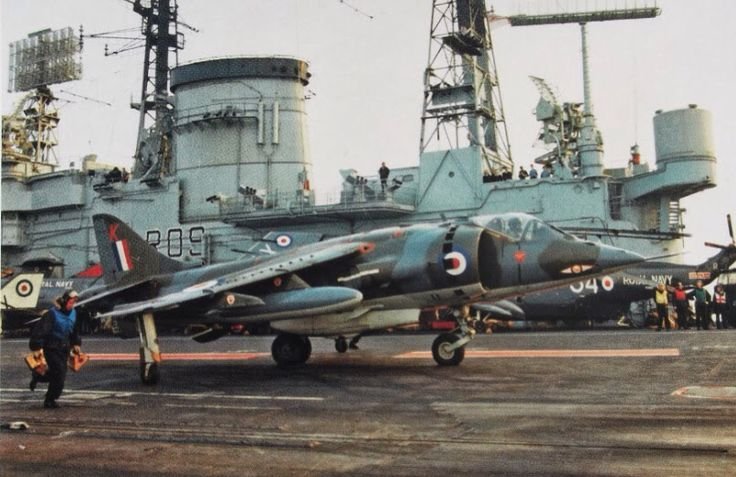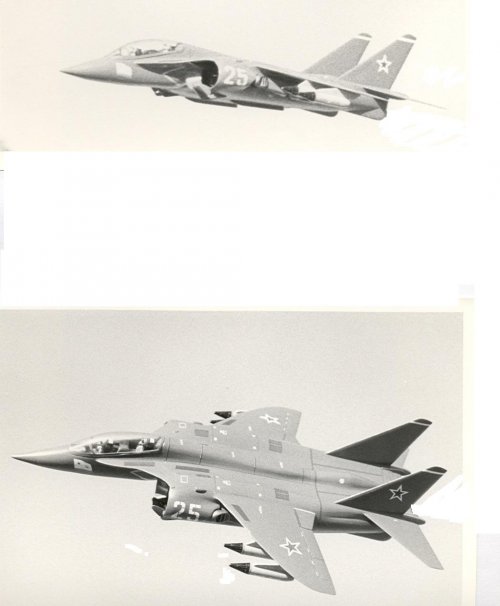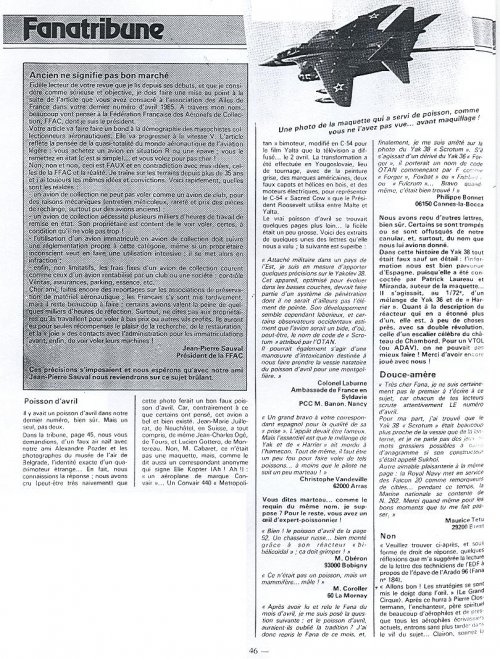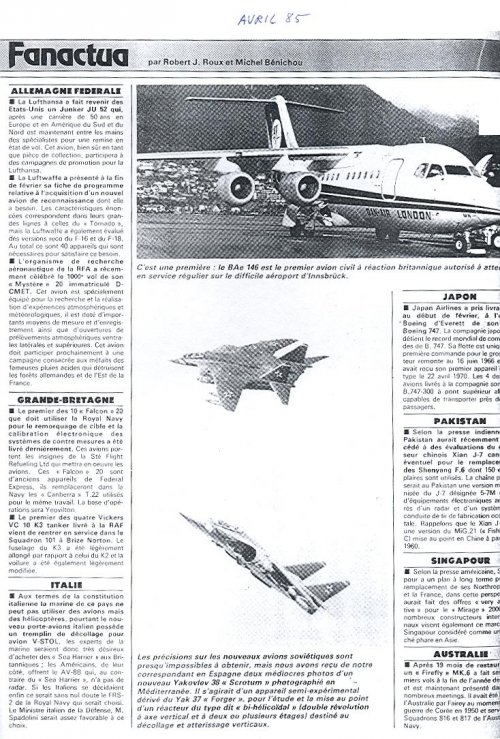Hello to you all, i am a new member to this forum & i like a lot of what i see & read here & fulmars !(Feeble naval pun/typo intended!) full marks to you all, however, its only fair that i chip in as well. So here goes it. If you cast your mind back to the air shows of the late 70s & early 1980s. There would often be the chance to see a Hawker Harrier Jump Jet on display. It was often perceived as a novelty aircraft, VTOL, reverse thrust manoeuvring, jumping through a ring of fire ! . All very impressive, but it`s not a real combat aircraft was often how it would be received. Fast forward to 1982 & the Falklands conflict and the Sea Harrier armed with Sidewinder AAMs proved to be very effective. Post conflict, i often wonder why the aircraft never really seemed to peak interest with other nations to operate it? The USA would go on to sell the MD- A/V8 to other nations & as far as i can recall and only the Indian Navy opted for the Sea Harrier. Maybe it was the lack of a suitable, `Invincible light` class of carrier design being available? Had Australia purchased HMS Hermes in 1985 & operated the Harrier, would the pilots be known as `Sailoroos`
. All very impressive, but it`s not a real combat aircraft was often how it would be received. Fast forward to 1982 & the Falklands conflict and the Sea Harrier armed with Sidewinder AAMs proved to be very effective. Post conflict, i often wonder why the aircraft never really seemed to peak interest with other nations to operate it? The USA would go on to sell the MD- A/V8 to other nations & as far as i can recall and only the Indian Navy opted for the Sea Harrier. Maybe it was the lack of a suitable, `Invincible light` class of carrier design being available? Had Australia purchased HMS Hermes in 1985 & operated the Harrier, would the pilots be known as `Sailoroos` Would the RCN or the Netherlands navies have returned to fixed wing operations at sea? From a modelling perspective, the `WHAT-If` potential is always unlimited. Some of what i have mentioned maybe already covered in earlier posts, but who knows. In the meantime, please enjoy this photo on HMS Ark Royal showing the way forward as it was then.
Would the RCN or the Netherlands navies have returned to fixed wing operations at sea? From a modelling perspective, the `WHAT-If` potential is always unlimited. Some of what i have mentioned maybe already covered in earlier posts, but who knows. In the meantime, please enjoy this photo on HMS Ark Royal showing the way forward as it was then.





